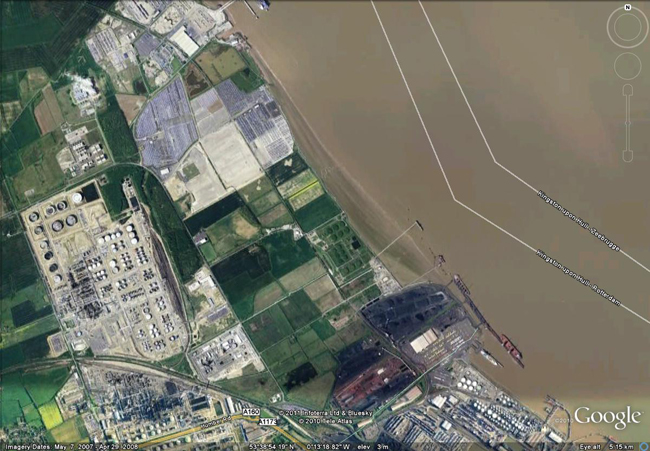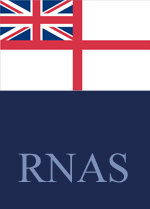NAS Killingholme History

(Map edited to show runways)

© Crown Copyright/MOD 2010
53°38'38.09"N 0°13'23.15"WRunways:
N/A
In 1914 aircraft operated included the German biplane DFW, Sopwith Spinning, Sopwith Jenny, Sopwith Schneider, Sopwith Baby, Shorts 827 and White & Thompson Bognor Bloater. Aircraft operated during 1916 included Short float seaplanes for maritime patrols and Sopwith Scout for Zeppelin interception. The Sopwith Baby were also present. A converted paddle steamer seaplane carrier, pressed into service as HMS Killingholme, was also based here.
In 1917 the Curtis H4 Small America flying boat arrived. It was followed by the H12 Large America. In September 1918 sorties were flown by Avro E4133, F2A, F2C, H-16, H-12. Other aircraft included the Short 184 (Maori III), Short 320 and Felixstowe F2, a Small America with a redesigned hull. NAS Killingholme was sited on the Humber Estuary. It was established as Naval Air Station operated by the Royal Navy by August 1914 although hutted accommodation and a metalled road were not established until December 1914. During the early stages of the Great War it was a seaplane station and at the height of the war 46 seaplanes operated from NAS Killingholme. It took over from an earlier Naval Air Station which had been set up at the outbreak of war at Skegness. Naval Air Stations 14 and 15 were based at Killingholme.
NAS Killingholme's first operational sortie was generated on 21st August 1914, a routine patrol. Local Zeppelin raids from September 1914 at Humberstone, Owmby and Gainsborough saw Killingholme based planes pressed into intercept duties.
Although NAS Killingholme was principally a large operational seaplane station with patrol duties to protect local oil installations, nearby ports and repel Zeppelin attacks it also served as a seaplane pilot training centre and had limited numbers of shore-based aircraft. Amongst types operated was the Sopwith Baby as early as May 1916 for anti-Zeppelin and submarine patrol work in the North Sea. Killingholme was not ideally placed as a seaplane station due to the strong tide in the Humber estuary and the high tidal range which made for difficult slipway work. At this time there were 900 servicemen and occasionally in excess of 100 aircraft on station, making Killingholme one of the leading seaplane bases. To accommodate these aircraft the Station had a massive hardstanding.
Commanded by Cdr A Longmore from 15th June 1916, Killingholme became a UN Navy Base from March 1918. On 20th July 1918 it was handed over to the command of the United States Navy under Lieutenant Commander Kenneth Whiting. The US Navy did not stay long beyond the end of the Great War and NAS Killingholme was handed back to the British.
American naval aviators flew British Short sea-planes on maritime patrol from this Killingholme. They were also equipped with the Curtiss H-16, a twin-engine tractor biplane seaplane. The first two H-16 were shipped to Killingholme on 2nd April 1918. Specific duties for the Americans included convoy protection in the North Sea, deterring German sweepers from disturbing mine fields in the approaches to the British coast, anti-submarine warfare and long-range reconnaissance.
In November 1918 the coastal flights of land planes of No.18 Group were concentrated at RAF Killingholme. Several of these moved to RAF North Coates prior to disbandment in June 1919. The USN handed Killingholme back to the Royal Air Force on 6th January 1919 and No.228 Squadron moved in before its disbandment. RAF Killingholme was closed on 6th June 1919. This is a separate station to the nearby RAF North Killingholme.
After the Station was disbanded in 1919 the hangars were taken to Grimsby and used to build the bus depot opposite the Police Station, on Victoria Street. The majority of the hangars still stand behind the brick facade which bears the date 1925.
| Date | Squadron | Notes |
|---|---|---|
| August 1914 | Station opened. | |
| July 1918 | US Navy take control of the station. | |
| January 1919 | Control of the station handed back to the RFC. | |
| January 1919 | No.228 Sqn RFC | Operating the Curtiss H-12/H-16. Squadron disbanded in June 1919. |
| October 1919 | NAS Killingholme closed. |
